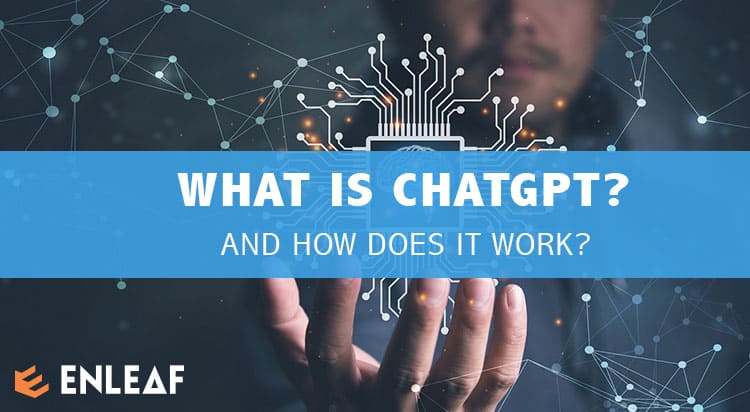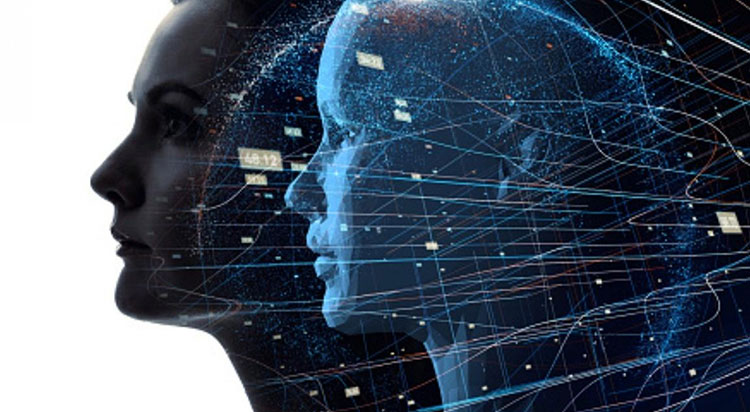
ChatGPT is a natural language processing (NLP) model developed by OpenAI. It is a variant of the popular GPT-3 model, which stands for Generative Pretrained Transformer 3.
GPT-3 is a type of artificial intelligence (AI) that is designed to generate human-like text. It does this by using a large dataset of text to train a machine-learning model. This model is then able to generate text that is similar to the input it was trained on.
ChatGPT is a specific version of GPT-3 that is designed for conversational text. This means that it is able to generate responses that are appropriate for use in chat or messaging applications.
To use ChatGPT, a user provides the model with a prompt or a question. The model then uses its training data to generate a response that is relevant to the prompt. This response can be a simple answer to a question, or it can be a longer conversation that continues from the initial prompt.
One of the key features of ChatGPT is its ability to generate responses that are appropriate for the context of the conversation. This means that it can understand the topic of the conversation and generate responses that are relevant to that topic. For example, if the conversation is about sports, ChatGPT will generate responses that are related to sports.
Another key feature of ChatGPT is its ability to understand and use common conversational cues, such as greetings and responses like “thank you.” This allows ChatGPT to generate responses that are more natural and human-like, making it more useful for applications where conversational AI is needed.
Who is behind the development of ChatGPT?

OpenAI was founded in 2015 by a group of researchers who were concerned about the potential risks and dangers of developing artificial intelligence. This group included Elon Musk, who was a board member and major contributor to the institute. However, Musk left the board of OpenAI in 2018 due to concerns about conflicts of interest with his other businesses. He is no longer involved with the organization and does not have any ownership stake in it.
What are some uses for ChatGPT?
One potential use case for ChatGPT is in customer service. By integrating ChatGPT into a chatbot, businesses can provide immediate and personalized responses to customer inquiries. This can help improve the customer experience and reduce the workload on customer service teams.
Another potential use case for ChatGPT is in education. For example, ChatGPT could be used to generate personalized learning materials for students based on their individual needs and abilities. This could help improve student engagement and facilitate personalized learning at scale.
In addition, ChatGPT could also be used in creative writing. By providing a prompt, writers could use ChatGPT to generate ideas and inspiration for their work. This could help writers overcome writer’s block and spark creativity.
Furthermore, ChatGPT could also be used in the development of virtual assistants. By integrating ChatGPT into a virtual assistant, the assistant could have more natural and human-like conversations with users. This could improve the user experience and make the assistant more useful and effective.
Overall, ChatGPT has numerous potential use cases that can benefit businesses, educators, writers, and individuals. Its ability to generate human-like text makes it a valuable tool for a variety of applications.
Is ChatGPT free?
As a large language model developed by OpenAI, ChatGPT is likely to be made available through the company’s API platform. This platform allows developers and researchers to access OpenAI’s models and use them in their own projects.
However, the pricing for using OpenAI’s models through the API platform is not publicly available. It is possible that there is a free tier for accessing ChatGPT, but this has not been confirmed by OpenAI.
As such, interested individuals or organizations should contact OpenAI directly to inquire about the availability and pricing of ChatGPT.
Will ChatGPT replace human writers?

It is unlikely that ChatGPT will replace writers. While ChatGPT is a powerful and versatile tool for generating human-like text, it is not capable of the creativity and originality that is often required in writing.
ChatGPT is trained using a large dataset of existing text, which it uses to generate responses that are similar to the input it was trained on. This means that ChatGPT is able to generate text that is coherent and grammatically correct, but it does not have the ability to come up with new ideas or concepts.
In addition, ChatGPT is best suited for generating responses to prompts or questions, rather than creating longer, more complex pieces of text. This means that it is not capable of producing the kind of in-depth, well-researched writing that is often required in many writing tasks.
While ChatGPT may be able to assist writers by generating initial ideas or providing suggestions for improving existing text, it is not capable of replacing the creativity and originality of a human writer. Therefore, it is unlikely that ChatGPT will replace writers in the near future.
Summary
Overall, ChatGPT is a powerful and versatile NLP model that is well-suited for use in chat and messaging applications. It can generate human-like responses that are relevant to the conversation, making it a valuable tool for developers and researchers working in the field of conversational AI.
And In case you have any doubts about the power of AI copywriting tools like chatGPT, you may find it interesting to know that with the exception of this final paragraph, this entire article was written entirely with chatGPT.
